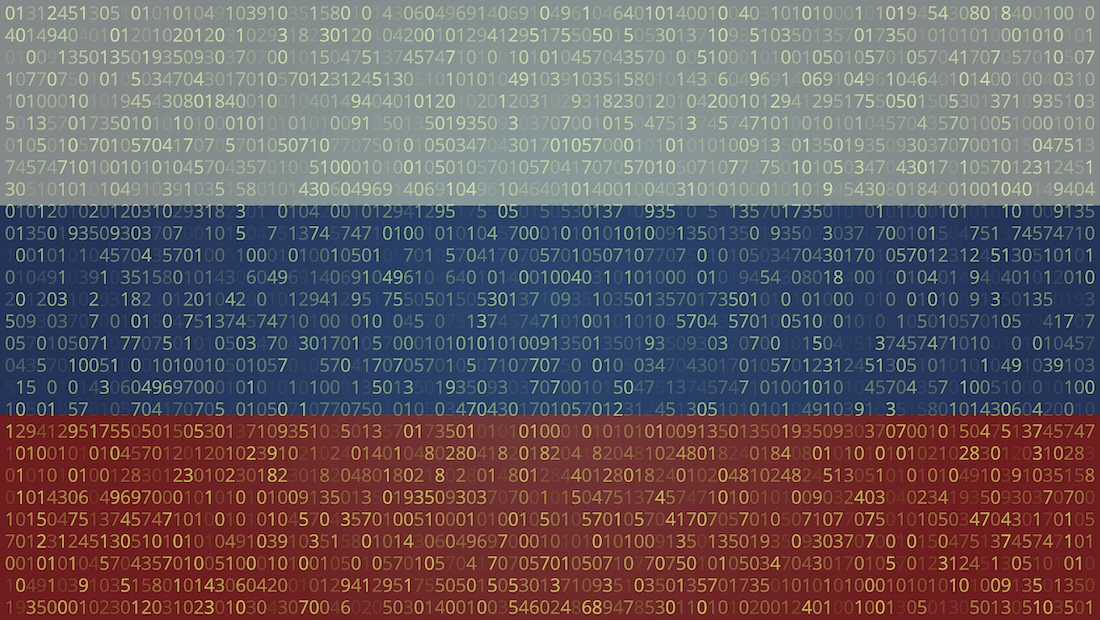
"In April, the group targeted a Ukrainian university with two wipers, a form of malware that aims to permanently destroy sensitive data and often the infrastructure storing it. One wiper, tracked under the name Sting, targeted fleets of Windows computers by scheduling a task named DavaniGulyashaSdeshka, a phrase derived from Russian slang that loosely translates to "eat some goulash," researchers from ESET said. The other wiper is tracked as Zerlot."
"Then, in June and September, Sandworm unleashed multiple wiper variants against a host of Ukrainian critical infrastructure targets, including organizations active in government, energy, and logistics. The targets have long been in the crosshairs of Russian hackers. There was, however, a fourth, less common target-organizations in Ukraine's grain industry. "Although all four have previously been documented as targets of wiper attacks at some point since 2022, the grain sector stands out as a not-so-frequent target,""
Sandworm, a Russian state-controlled hacking group, launched destructive cyberattacks in Ukraine using wiper malware that permanently destroys sensitive data and often the supporting infrastructure. In April, two wipers targeted a Ukrainian university: Sting, which attacked Windows fleets by scheduling a task named DavaniGulyashaSdeshka (loosely, "eat some goulash"), and Zerlot. In June and September, multiple wiper variants struck government, energy, and logistics organizations and, unusually, the grain industry, a major export revenue source. Wiper attacks date back at least to 2012 with NotPetya, which spread globally and caused tens of billions in damages.
Read at Ars Technica
Unable to calculate read time
Collection
[
|
...
]